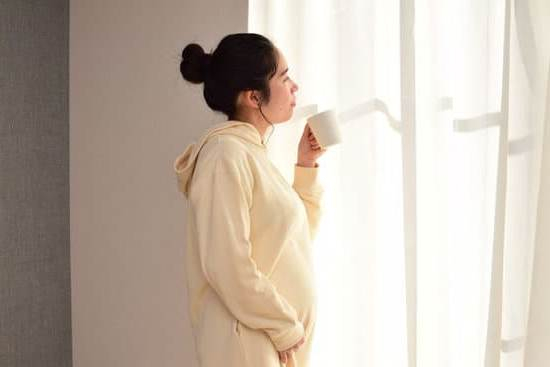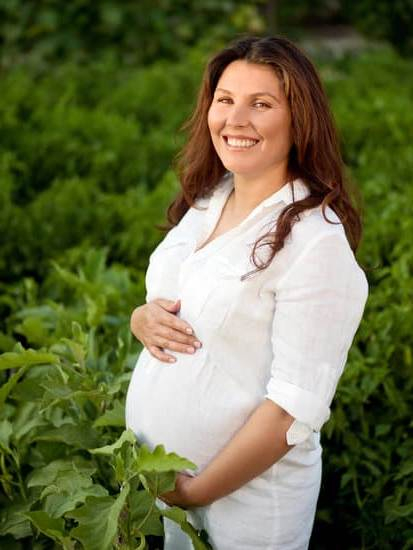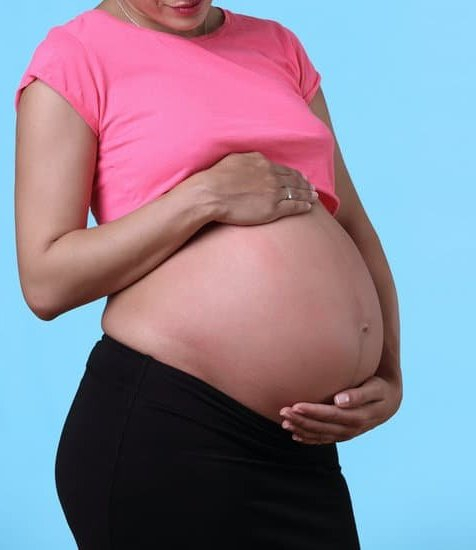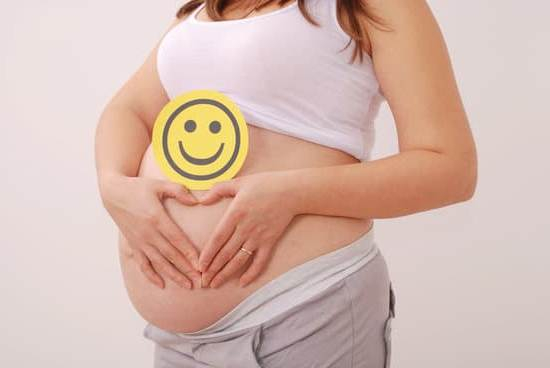There are a variety of fertility tests available for women, but the most common one is a blood test to measure the level of the hormone progesterone. This hormone is produced by the ovaries after ovulation, and if the level is low, it may indicate that the woman is not ovulating regularly. Other tests that may be used to determine fertility include a pelvic exam, a vaginal ultrasound, and a hysterosalpingogram (HSG), which is an X-ray of the uterus and fallopian tubes.
When Are Women Most Fertile
?
There is no one answer to this question, as the time of ovulation varies from woman to woman and even from month to month for the same woman. However, there are some general guidelines that can help you figure out when you are most likely to be fertile.
The first step is to learn about your menstrual cycle. A woman’s menstrual cycle is the number of days from the start of one period to the start of the next. Most women have a menstrual cycle of about 28 days, but it can be anywhere from 21 to 35 days long.
The second step is to learn about the phases of your menstrual cycle. There are three phases: the follicular phase, the ovulatory phase, and the luteal phase.
The follicular phase begins on the first day of your period and ends when the follicle on your ovary matures and releases an egg, which is called ovulation. The ovulatory phase begins when ovulation occurs and lasts until the day before the start of your next period. The luteal phase begins on the day after ovulation and lasts until the day before your next period.
The third step is to learn about the signs of ovulation. Each woman’s body is different and may experience different signs of ovulation. However, there are some common symptoms that may indicate that you are ovulating. These include a change in the consistency of your cervical mucus, a rise in body temperature, and a slightpain in the lower abdomen.
Once you have learned about your menstrual cycle and the signs of ovulation, you can begin to track your fertility. The best way to do this is to take your basal body temperature every morning before you get out of bed. Your basal body temperature is the lowest temperature of your body when you are completely at rest. A rise in your basal body temperature may indicate that you are ovulating.
You can also track your cervical mucus. The mucus will change in consistency throughout your menstrual cycle. It will be thick and sticky during the follicular phase, become thinner and more slippery during the ovulatory phase, and become thick and cloudy after ovulation.
By tracking your menstrual cycle and signs of ovulation, you can get a good idea of when you are most likely to be fertile. However, it is important to keep in mind that ovulation can vary from month to month, so it is important to track your fertility for a few months to get a more accurate picture.
Maca For Fertility In Woman
There are many natural supplements on the market that are claimed to help with fertility issues in women. One such supplement is maca. Maca is a plant that grows in the Andes Mountains of Peru. It has been used for centuries by the Peruvian people to boost energy, stamina, and fertility.
Maca is available in capsule, powder, and liquid form. It can be taken by women who are trying to conceive or those who are already pregnant. Some women report that taking maca helps to regulate their menstrual cycle, increase their energy levels, and improve their mood.
There is some evidence that suggests that maca may help to improve fertility in women. A study published in the journal “Fertility and Sterility” in 2006 found that maca may help to improve fertility in women with PCOS (polycystic ovary syndrome). PCOS is a condition that affects women’s hormone levels and can lead to infertility. The study found that the women who took maca had a significant increase in their number of menstrual cycles and their fertility rates improved.
Another study published in the “Journal of Reproductive Medicine” in 2007 found that maca may help to improve the quality of sperm in men. The study found that the men who took maca had a significant increase in their sperm count, motility, and morphology.
While more research is needed to determine the full effects of maca on fertility in women, there is some evidence that suggests that it may be helpful. If you are trying to conceive, you may want to consider adding maca to your supplement regimen.
Women Fertility Test
The fertility test is a test to see how well your body is working to get pregnant. It looks at how your body is using and releasing eggs. The test also looks at how well the sperm are moving.
The fertility test is done by a doctor. You will have a physical exam and a blood test. The physical exam will look at your reproductive organs. The blood test will look at how your body is using and releasing eggs.
The fertility test can help find the cause of infertility. It can also help you and your doctor plan for treatment.
Age A Woman Is Most Fertile
Age a woman is most fertile is a question that has been asked by many individuals, couples, and parents-to-be. The answer to this question is not a simple one, as there is no one “correct” answer. The age a woman is most fertile can depend on a number of factors, including her own biology, lifestyle, and overall health.
Generally speaking, however, a woman’s fertility begins to decline in her late 20s and early 30s. This is due, in part, to the natural aging process, as well as to the fact that a woman’s eggs become more difficult to fertilize as she gets older. Additionally, the chance of having a miscarriage increases as a woman gets older.
That said, there are some women who remain fertile into their late 30s and even 40s. And, of course, there is always the option of using assisted reproductive technologies (ART) to help increase a woman’s chances of getting pregnant later in life.
So, what is the answer to the question “age a woman is most fertile?” There is no one definitive answer to this question. However, it is generally accepted that a woman’s fertility begins to decline in her late 20s and early 30s.

Welcome to my fertility blog. This is a space where I will be sharing my experiences as I navigate through the world of fertility treatments, as well as provide information and resources about fertility and pregnancy.





